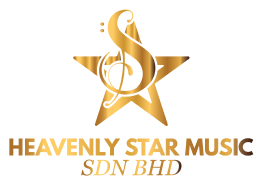
Orff was the musical director of the school, Güntherschule in Munich. Orff began with rhythm as the basic element inherent in music, dance, and speech, combining and unifying them into one language.
The basic objectives of Orff Method in music education are:
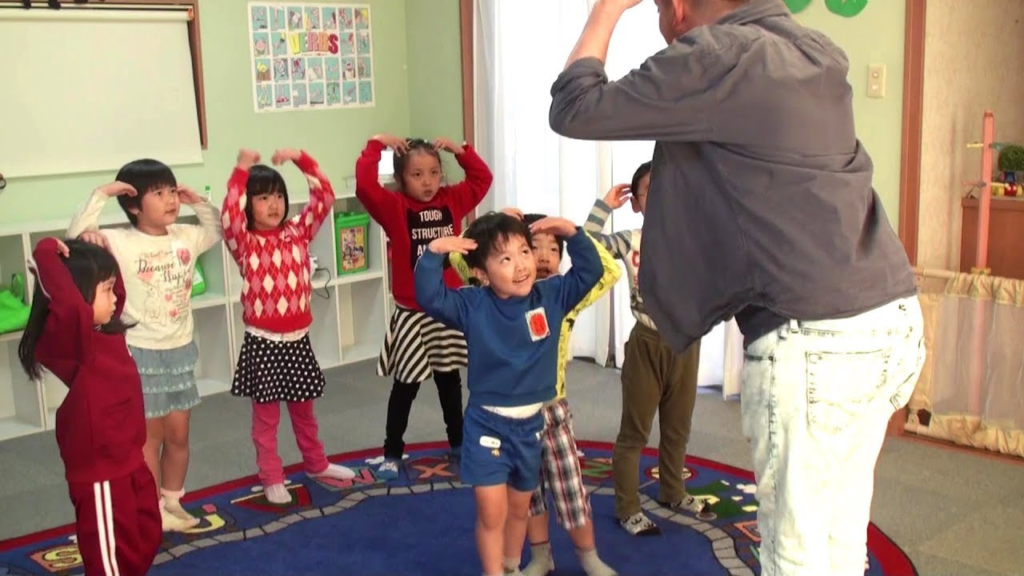
1. To use the speech and movement natural to the child as the springboard for musical experiences.
2. To give an immediacy of enjoyment and meaning to the child through active participation in all experiences.
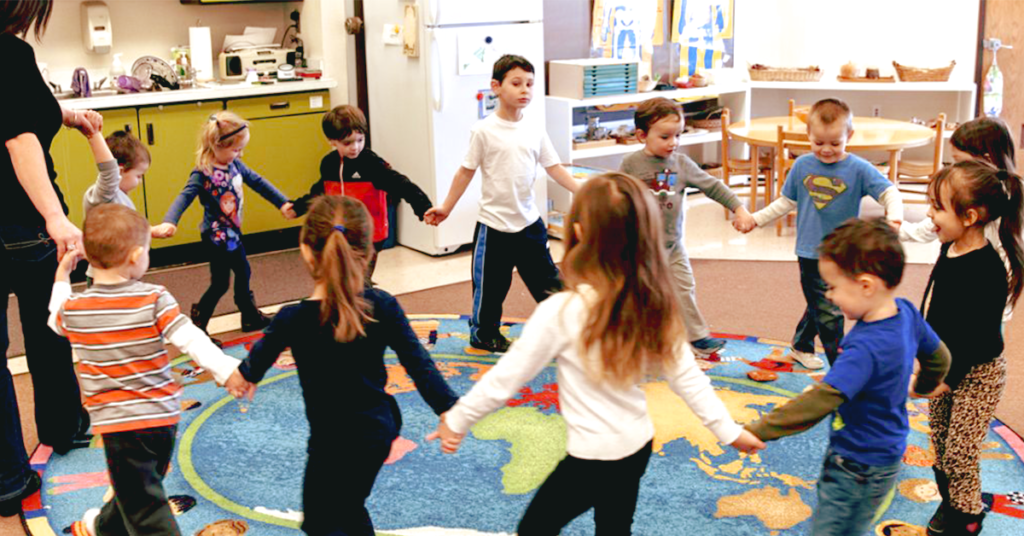
3. To encourage the feeling that speech, movement, play, and song are one.
4. To give a completely physical, nonintellectual background in rhythm and melody, thus laying the foundation of experience so necessary to a later understanding of music and musical notation.
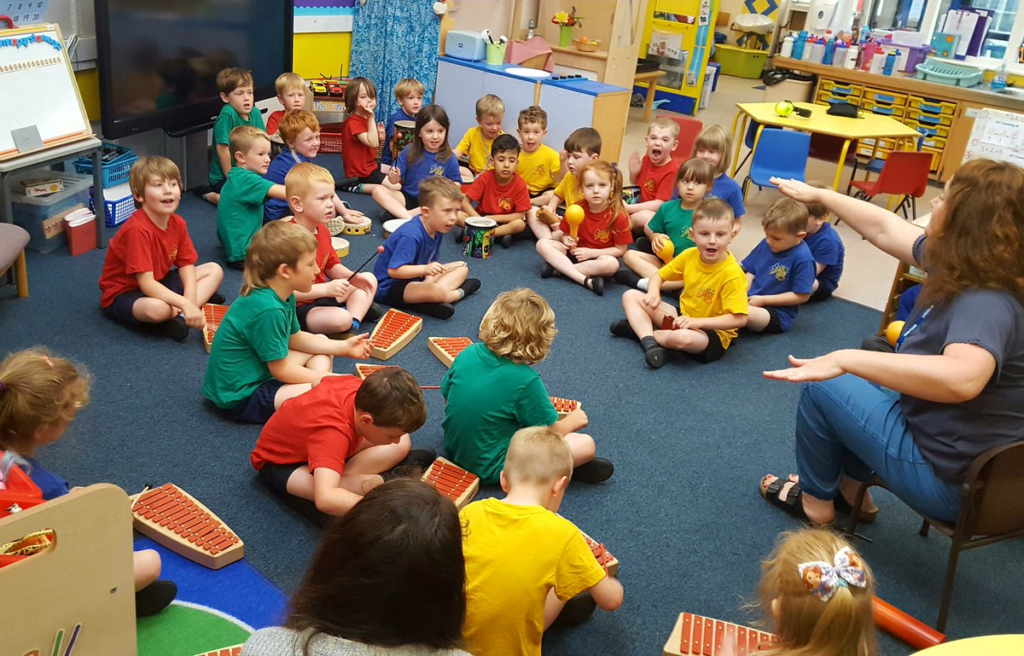
5. To give experience in the component parts of the basic elements of music: in rhythmic experiences, by beginning with the rhythmic pattern of a word, then two words, gradually building in complexity into the phrase and period; in melodic experiences, by beginning with the natural chant of childhood (the falling minor third), gradually adding other tones of the pentatonic scale, tones of the other modes, and finally the major and minor scales.
6. To cultivate the musical imagination—both rhythmic and melodic—and thus to develop the ability to improvise.
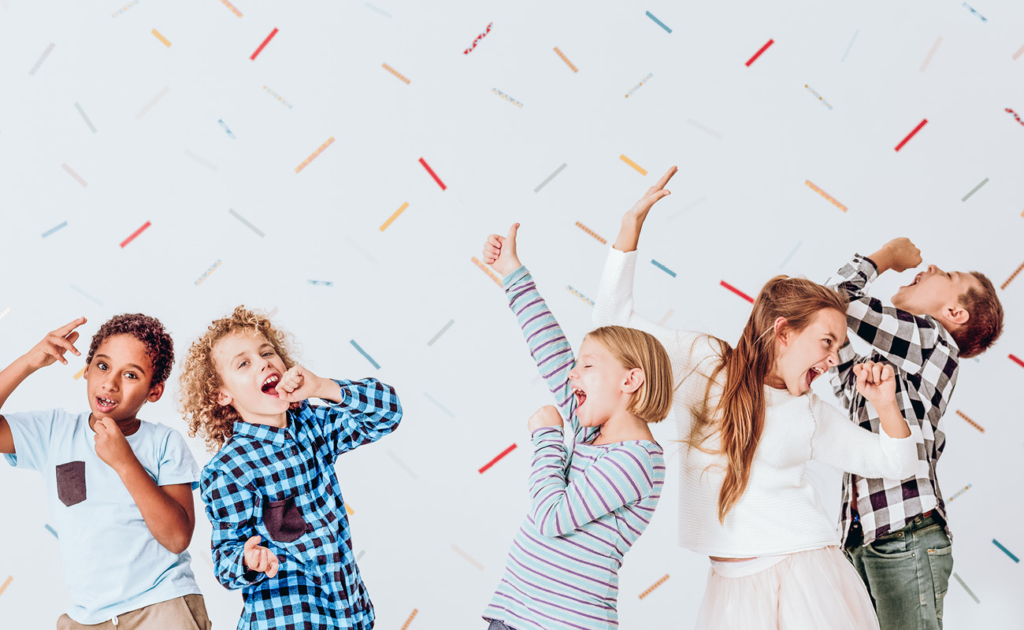
7. To cultivate individual creativity as well as a feeling for, and the ability to participate in, ensemble activities. In summary, Orff worked with these elements in music: rhythm (drums), dynamics, tone color, melody, and harmony with the use of piano, and voice and recorder. Speech or drama is another aspect that stimulates the creativity and improvisational skills of the students.
